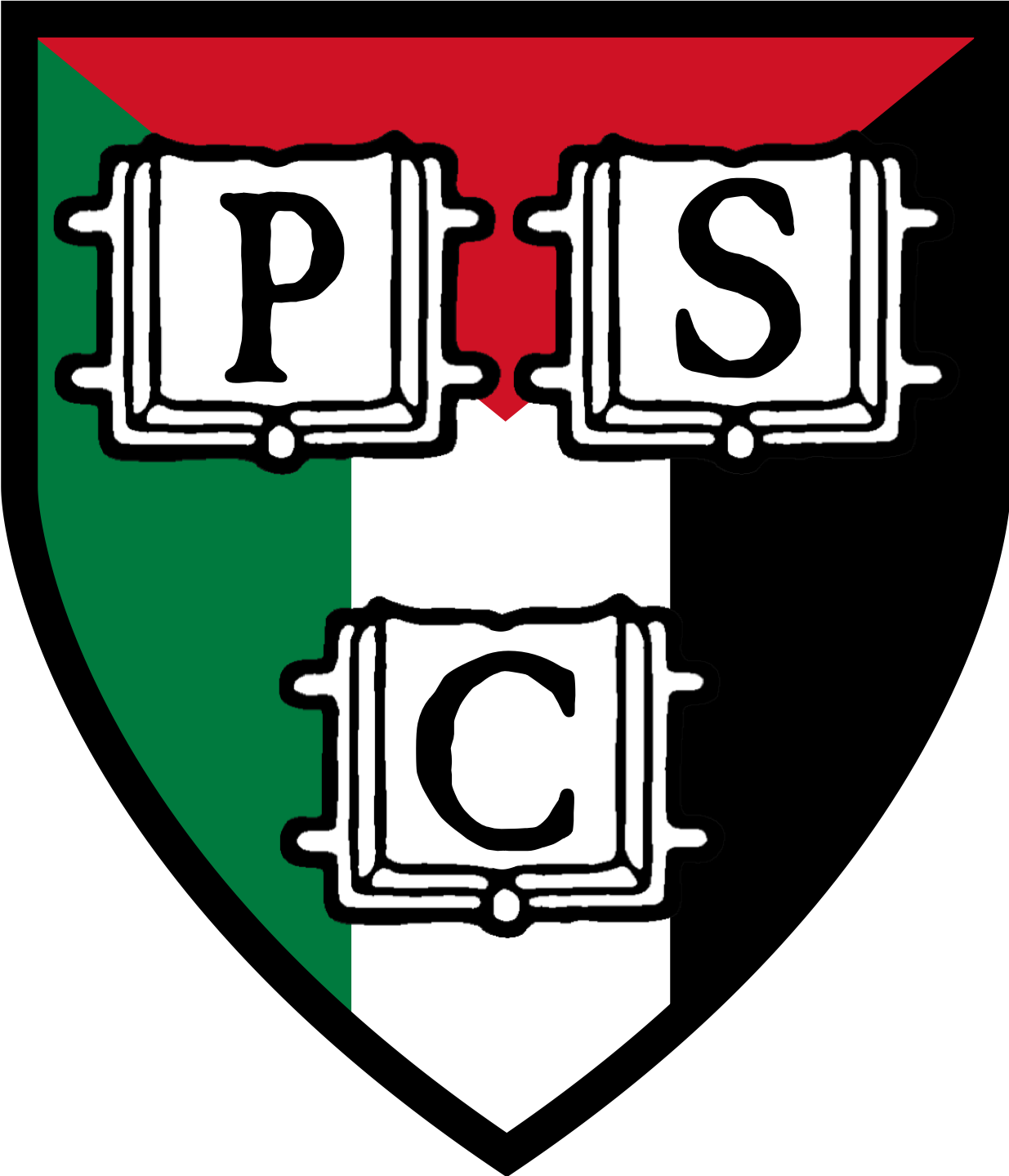Nakba: 1948 and ongoing
The Nakba is in fact much older than [72] years and it is still with us, pulsating with life and coursing through history by piling up more calamities upon the Palestinian people... Much as the world would like to present Palestinians as living in a post-Nakba period, I insist that we live thoroughly in Nakba times. What we are doing this year is not an act of commemorating but an act of witnessing the ongoing Nakba… this year is not the anniversary of the Nakba at all, but rather one more year of enduring its brutality…” – Joseph Massad, Resisting the Nakba
Today, May 15th, 2020, marks 72 years since the Nakba, the mass displacement and ethnic cleansing of Palestine by the Israeli occupation. Nakba, in Arabic, means catastrophe and as terrifying as that word and its connotations are, it does not describe half of the pain and struggle Palestinians face until today.
Over the course of the past 72 years, the occupation has spread, the displacement continued, and the world still ignores reality. There are numerous perspectives to understand the Nakba and its extent.
1948 Nakba in Numbers
4,000,000 acres of land expropriated by Israel
800,000 Palestinains expelled and made refugees
150,000 internally displaced Palestinians in Israeli borders
400+ cities systematically destroyed
24+ massacres
Today, there are over 7,100,000 Palestinian refugees around the world and counting.
1948 Nakba in Stories
Nooran tells the story of soldiers violently forcing families out of her grandfather’s village during a wedding after murdering the groom here.
Ibrahim, a Nakba survivor, describes his experience and life in refugee camps here. He says, “I’m not in despair, I’m hopeful that I’ll go back home.”
Fatima, a Nakba survivor, remembers her father being executed, her mother taken as a prisoner and the beginning of the Deir Yasin massacre here.
Nakba survivors are passing away, but their stories and resilience remain and grow stronger every day.
1948 Nakba in Places
Deir Yassin: over 100 militans invaded the village and killed almost half of its population.
Al-Dawayma: a village near Hebron that was attacked by Zionist soliders who executed around 100 people.
Al-Tantoura: a village near Haifa that lost 200 people due to soldiers attacks
The villages that have been depopulated are not forgotten. In fact, Palestinian refugees carry the keys to their houses in Palestine as a symbol of their right to return to their homeland. We remember on the day of the Nakba that those are not just numbers of people and villages. They are lives that have been impacted, children who lost their playgrounds and parents and elders who never received the peace of being buried with their ancestors. A detailed list of most of the villages and cities that Palestinians call home until this day here. This list of names, families, and villages is long and is still growing. The bare minimum we can do is honor and remember the lives lost then, and now.
The numbers will keep increasing, the stories become more emotional, and the love for the land will continue to pass down from one generation to another. We must remember the events of 1948, alongside what happened before and what continues to happen today. We will continue to resist and we will return.
